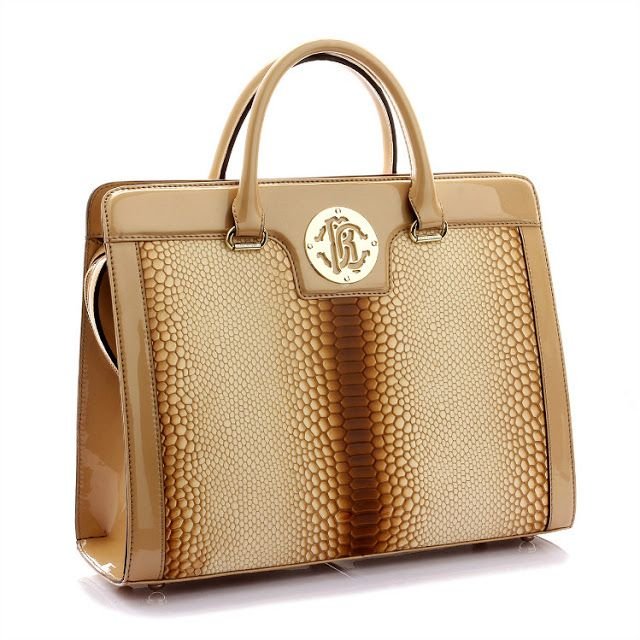Introduction
In the ever-evolving world of fashion, trends change rapidly, and keeping up can be expensive. The allure of luxury brands is undeniable, with their impeccable craftsmanship, timeless appeal, and celebrity endorsements. However, not everyone can afford to invest in high-end items. This is where designer dupes have made their mark. They offer a way for fashion lovers to enjoy the look and feel of luxury without the hefty price tag. While some debate the ethics of these items, there is no denying their growing influence in the fashion industry.
What Are Designer Dupes?
The term designer dupes refers to products that closely resemble high-end designer pieces in style, shape, and sometimes materials, but are sold at a fraction of the price. These items are not counterfeit in the legal sense because they do not use the original brand’s logo or name. Instead, they take inspiration from the design and replicate it with more affordable materials and production methods. This distinction separates dupes from illegal knockoffs, making them more socially and legally acceptable in many markets.
Why People Choose Designer Dupes
Several factors drive the popularity of these products. First and foremost is affordability. High-end fashion often comes with a significant price tag, which makes it inaccessible for many people. Dupes provide an opportunity to achieve a similar aesthetic without straining one’s budget. Another reason is experimentation. Fashion enthusiasts may want to try a bold trend without committing to an expensive investment. Buying a dupe allows them to explore their style without financial risk. Social media has also played a major role. Influencers and bloggers frequently share affordable alternatives to luxury pieces, making them more mainstream and desirable.
The Social Media Effect
Platforms like Instagram, TikTok, and Pinterest have turned fashion inspiration into a daily activity for millions. Influencers often showcase luxury items, which can create a sense of aspiration. However, they also recognize the value of accessibility, so many promote affordable alternatives. This has normalized the concept of designer dupes and encouraged consumers to see them as smart, budget-friendly choices rather than inferior copies. Viral trends often feature side-by-side comparisons of luxury items and their dupe counterparts, further boosting interest.
Quality Considerations
One common misconception is that dupes are always poor in quality. While it is true that some are cheaply made, many brands producing dupes pay careful attention to durability and aesthetics. Advances in manufacturing have made it possible to replicate the look of luxury goods more accurately than ever before. That said, buyers should remain cautious. Researching the seller, reading reviews, and understanding materials can help ensure a satisfying purchase. Unlike luxury items, dupes may not hold their value over time, but for many, their appeal lies in their affordability and trendiness rather than longevity.
Ethical Perspectives
The ethics of buying and selling dupes can be complex. On one hand, they make fashion more inclusive by allowing more people to enjoy current trends. On the other, critics argue that they undermine the originality of designers who invest time and creativity into their work. While dupes avoid legal trouble by not infringing on trademarks, they can still raise moral questions about originality and intellectual property. Some consumers choose to avoid them for this reason, while others see them as a practical solution to the high cost of fashion.
Environmental Impact
Another important aspect to consider is the environmental effect. Luxury brands often produce items in smaller quantities with higher quality materials, leading to a longer product lifespan. In contrast, some dupes are part of the fast fashion cycle, where items are mass-produced and discarded quickly. This contributes to waste and environmental damage. However, this is not always the case. Some dupe-producing brands focus on sustainability, using eco-friendly materials and ethical labor practices. The environmental footprint depends largely on the brand’s production methods and the consumer’s buying habits.
How to Spot Good Quality Dupes
If you decide to purchase a dupe, it is important to distinguish between low-quality items and well-made ones. Here are some tips:
-
Check stitching and seams for neatness and strength
-
Look for durable materials such as faux leather that resists cracking
-
Ensure zippers, clasps, and buttons work smoothly
-
Read reviews and customer feedback before buying
-
Avoid products that look identical to luxury goods in branding, as these may cross into counterfeit territory
These steps can help you find designer dupes that look stylish while lasting through regular use.
Balancing Dupes and Original Pieces
For many fashion enthusiasts, a balanced wardrobe includes both authentic designer items and well-chosen dupes. Splurging on a timeless luxury piece that will last for years can be a smart investment, while incorporating affordable trend-driven dupes allows for variety without overspending. This approach gives consumers the best of both worlds—quality and accessibility.
The Future of Designer Dupes
The market for dupes is unlikely to slow down anytime soon. As long as luxury fashion maintains its prestige and exclusivity, there will be a demand for affordable alternatives. Technology will likely make dupes even more convincing, with better materials and manufacturing methods narrowing the gap between originals and their inspired versions. However, the conversation around ethics, sustainability, and originality will continue to shape consumer attitudes. Brands that focus on creating stylish, high-quality, and responsibly produced dupes may find long-term success in this evolving market.
Conclusion
The popularity of designer dupes reflects a broader shift in consumer behavior toward accessible fashion. While they offer undeniable benefits in affordability and trend participation, they also raise valid concerns about originality, ethics, and sustainability. For shoppers, the key is to make informed choices, prioritize quality, and balance affordability with mindful consumption. Whether viewed as a clever fashion hack or a controversial shortcut, dupes have carved out a lasting place in the modern style landscape.







